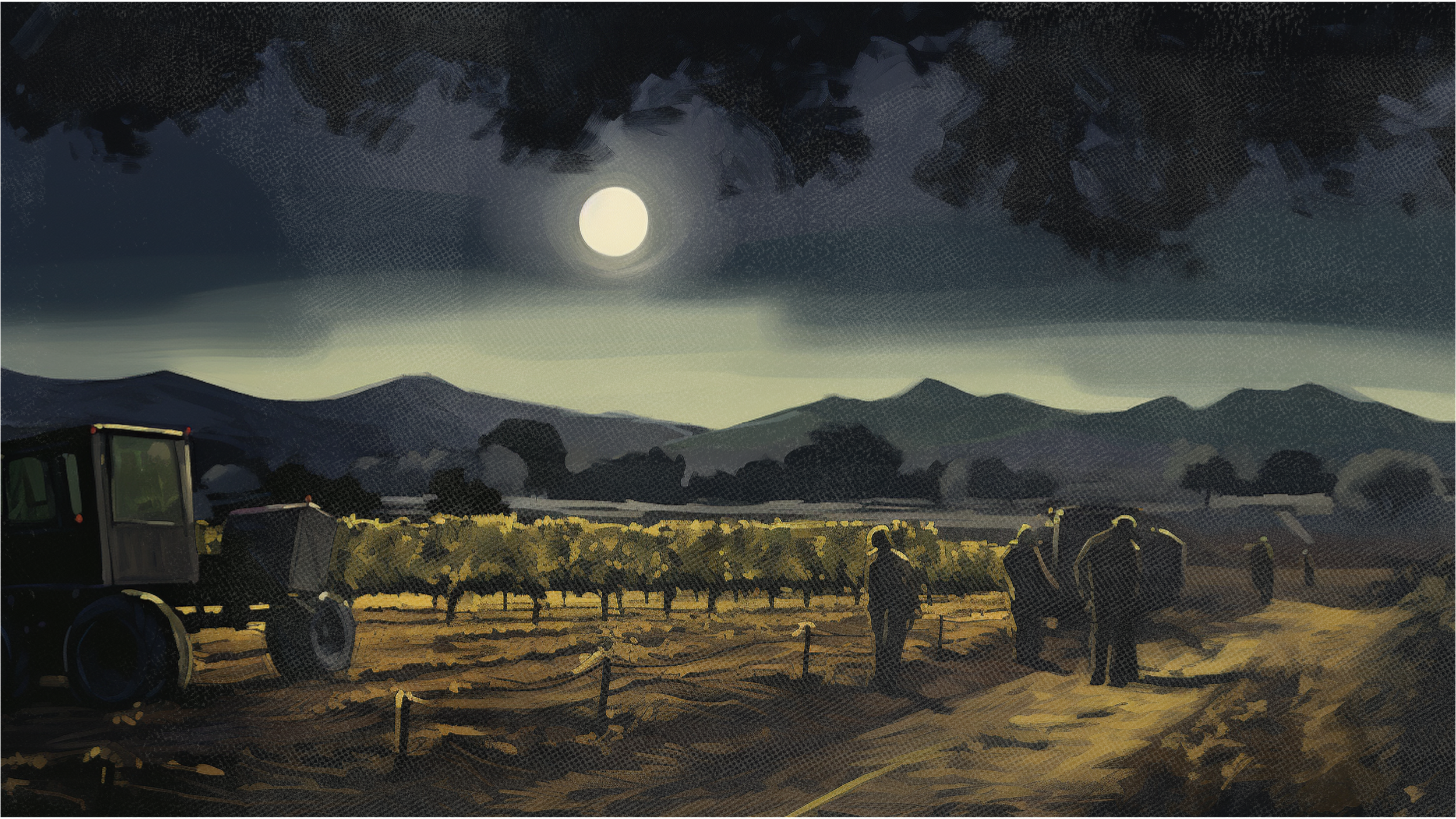HARVEST BLUES: A MUSICAL JOURNEY
As many in the valley are deep into harvest season, working long hours from dawn to dusk, it's worth reflecting on the musical legacy that grew out of similar fields. African American work songs from the seventeenth to nineteenth centuries were a staple in fields, providing both rhythm and relief to workers. These songs, deeply embedded in an oral culture, weren't just melodies; they were vessels of communication, camaraderie, and even covert resistance for enslaved communities.
These songs, heavily influenced by African agricultural rhythms, prominently featured the "call and response" style. A leader would sing verses—often improvised—relaying tales of hard work, aspirations for freedom, or even veiled critiques of their captors. The collective would then respond, forging a sense of unity and shared experience.
The influence of work songs didn't remain confined to the fields. The passion, the struggles, and the dreams encapsulated in the fields transitioned into the soulful strains of blues music, paving the way for a genre that would come to encapsulate the broader African American experience.
Today, as the blues continues to captivate, it offers more than melody—it provides a link to a rich historical past. As this harvest season unfolds, consider letting the blues accompany you in the moonlit vineyard hours. In its notes and narratives, there’s a connection to those who once sang in fields long ago.


